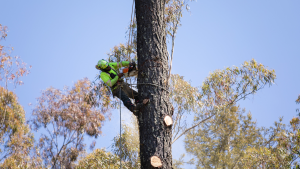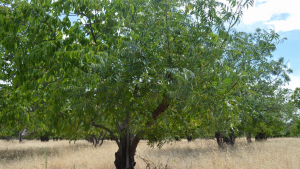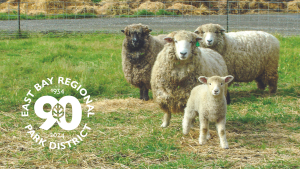Summer Stars in Dark Skies
The stars in the sky are a companion each night after the sun sets, but usually only the brightest stars are able to blaze past the light pollution of our cities and towns. Next time you are out camping at Del Valle or at another dark place after sunset, take some time to turn off the lights and enjoy the beauty of the night sky.
This summer when you are out on a dark night, see if you can spot the Summer Triangle – three bright stars that appear high in the night sky from three different constellations.
The three constellations that make up the summer triangle are Cygnus – the swan, Lyra – the harp, and Aquila – the eagle. Each of them has a very bright star that together form that triangle! Altair is the twelfth brightest star in the sky and has about twice as much mass as our Sun. Denab comes from Arabic and means tail – look at where it is on the swan! It is a very bright star, even though it is located very far away. If Denab took the place of our Sun, it is so big that it would extend out to touch the Earth! That is a big star. Vega, the third star in the triangle, is located closest to our solar system of these three stars – only about 25 light years away. It is located close to the zenith of the sky, or highest point that is straight up. Be sure to lay down or use a reclining chair if you plan to spend a while stargazing so you don’t hurt your neck.
Planets and Perseid
Saturn and Jupiter are visible for most of July and August, and the Perseid Meteor Shower is August 9 to 13 (peaking the night of August 12 to 13), although you should be able to see stray meteors from July 17 to August 24. There are lots of great low-cost and free star guides you can download ahead of time to your phone that don’t require Internet access to use (which is important at Del Valle).





